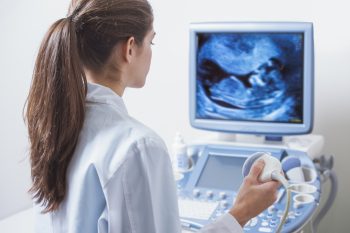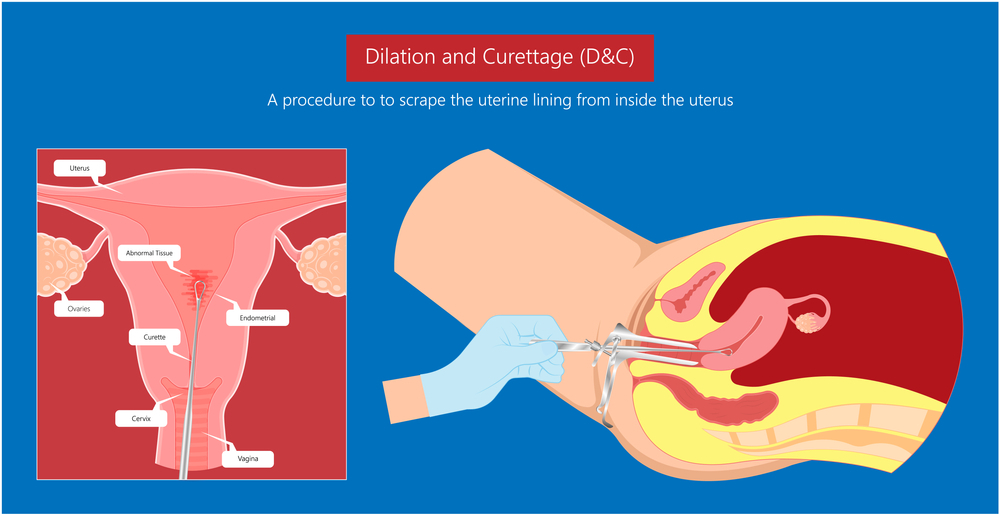Non-viable pregnancy can be a difficult and emotional experience for many women. It occurs when a pregnancy is not viable, meaning the fetus is not developing properly or has stopped growing altogether.
Understanding the causes, symptoms, and treatment options of non-viable pregnancy is important for women who may be experiencing this difficult situation.
Causes can range from genetic abnormalities to hormonal imbalances, and symptoms can include cramping, bleeding, and a decrease in pregnancy symptoms.
Treatment options depend on the individual case and may include medication or surgical procedures. It’s important to seek medical attention if you suspect a non-viable pregnancy to ensure proper care and support during this challenging time.
In this article, we will delve deeper into the causes, symptoms, and treatment options of non-viable pregnancy to provide helpful information for women experiencing this difficult situation.
What causes a non-viable pregnancy?
Non-viable pregnancy can be caused by a variety of factors, including genetic abnormalities, hormonal imbalances, and environmental factors.
Chromosomal abnormalities are the most common cause of non-viable pregnancy, accounting for up to 50% of all cases. These abnormalities occur when there are errors in the number or structure of chromosomes in the developing fetus.

Other causes of non-viable pregnancy include infections, autoimmune disorders, and maternal health conditions such as diabetes or high blood pressure.
Hormonal imbalances can also contribute to non-viable pregnancy. The hormone progesterone plays a critical role in maintaining a healthy pregnancy, and low levels of progesterone can lead to a non-viable pregnancy.
Environmental factors, such as exposure to toxins or radiation, can also contribute to non-viable pregnancy.
Symptoms of a non-viable pregnancy
The symptoms of non-viable pregnancy can vary, but may include cramping, bleeding, and a decrease in pregnancy symptoms such as nausea and breast tenderness.
In some cases, there may be no symptoms at all, and the non-viable pregnancy may only be detected during a routine ultrasound.
It’s important to note that experiencing these symptoms does not necessarily mean that a non-viable pregnancy has occurred. Some women may experience bleeding and cramping during a healthy pregnancy.

However, if you experience any of these symptoms, it’s important to speak with your healthcare provider to determine the underlying cause and receive appropriate care.
Diagnosis of a non-viable pregnancy
Non-viable pregnancy is typically diagnosed through ultrasound. During an ultrasound, the healthcare provider will be able to see if the fetus is developing properly and if there is a heartbeat.
If the fetus is not growing as expected or there is no heartbeat, this may indicate a non-viable pregnancy. In some cases, additional tests may be needed to confirm the diagnosis.

Blood tests can measure the levels of certain hormones and proteins in the blood, which can provide additional information about the health of the pregnancy.
Treatment options for a non-viable pregnancy
The treatment options for non-viable pregnancy depend on the individual case and may include medication or surgical procedures.
In some cases, the body will naturally miscarry the non-viable pregnancy, and no treatment is needed. This is known as a “spontaneous abortion” or “miscarriage.”
If the non-viable pregnancy does not miscarry on its own, medication may be used to induce contractions and expel the tissue.
This is known as a “medical abortion.” In some cases, a surgical procedure called a dilation and curettage (D&C) may be necessary to remove the tissue.

It’s important to discuss all of the available treatment options with your healthcare provider and make an informed decision based on your individual circumstances.
Coping with the emotional impact of a non-viable pregnancy
Experiencing a non-viable pregnancy can be a difficult and emotional experience. It’s important to remember that it’s normal to feel a wide range of emotions, including sadness, anger, and grief.
It’s also important to seek support from loved ones, friends, and healthcare providers. In addition to emotional support, there are also practical steps that can be taken to help cope with the loss of a non-viable pregnancy.

This may include taking time off work, seeking counseling, or participating in a support group.
Prevention of future non-viable pregnancies
While not all cases of non-viable pregnancy can be prevented, there are some steps that can be taken to reduce the risk.
This may include maintaining a healthy lifestyle, avoiding exposure to environmental toxins, and managing underlying health conditions.
If you have experienced a non-viable pregnancy, it’s important to speak with your healthcare provider about the underlying cause and any steps that can be taken to reduce the risk of future non-viable pregnancies.

Talking to your healthcare provider about your options
If you suspect that you may be experiencing a non-viable pregnancy, it’s important to speak with your healthcare provider. They can provide a diagnosis and discuss all of the available treatment options.

It’s also important to discuss any emotional and practical concerns with your healthcare provider.
This may include discussing the emotional impact of the loss, any physical symptoms that may need to be monitored, and any necessary time off work.
Non-viable pregnancy can be a difficult and emotional experience for many women. Understanding the causes, symptoms, and treatment options of non-viable pregnancy is important for those who may be experiencing this challenging situation.
If you suspect that you may be experiencing a non-viable pregnancy, it’s important to seek medical attention to ensure proper care and support.
Remember that it’s normal to feel a wide range of emotions, and seeking emotional support is an important part of the healing process.
While not all cases of non-viable pregnancy can be prevented, taking steps to maintain a healthy lifestyle and manage underlying health conditions can help reduce the risk of future non-viable pregnancies.
Remember that you are not alone, and there are many resources available to provide support and guidance during this challenging time.


